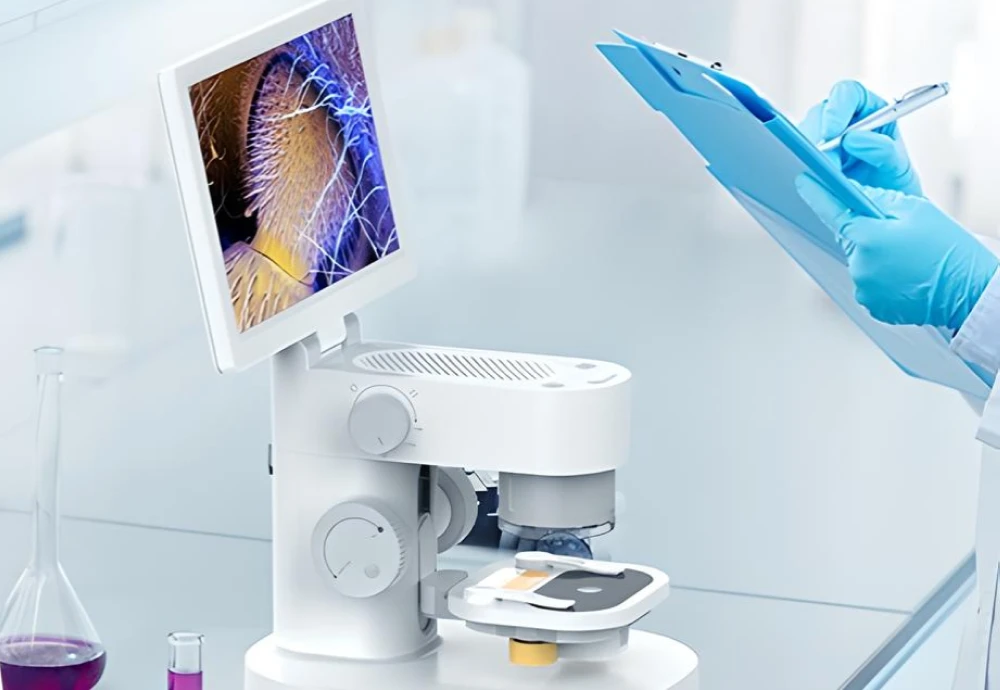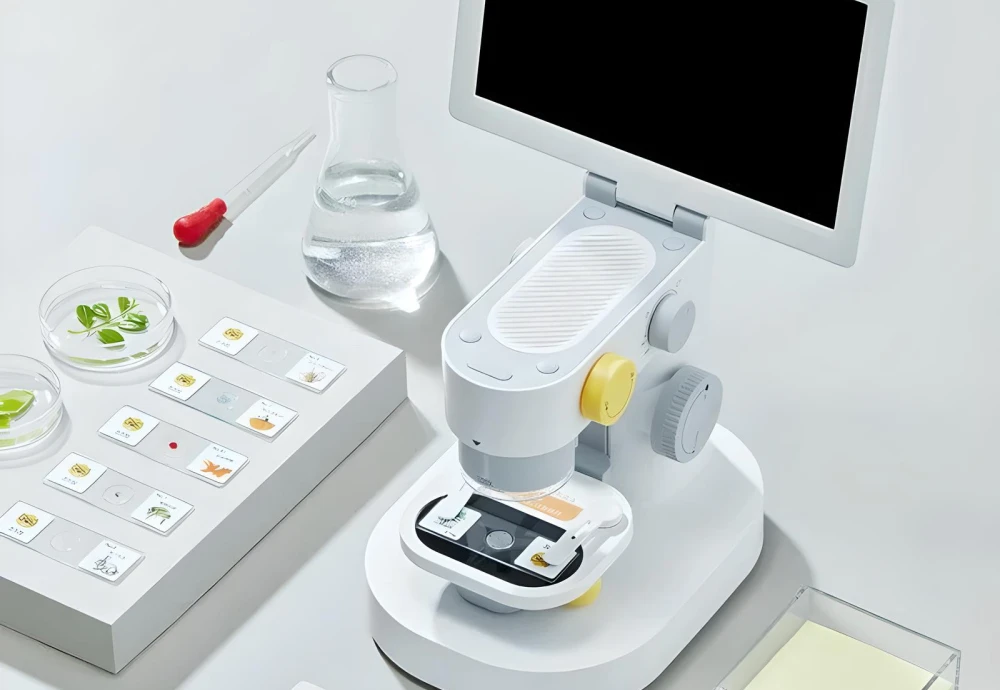Peering Into the Microcosm: How Does a Digital Microscope Work?

The realm of microscopic organisms, structures, and phenomena is as vast as it is intriguing. To navigate this microcosm, one tool stands out above all others – the digital microscope. But how does a digital microscope work? This article will shed light on this question.
A Look at The Basics: How Does A Digital Microscope Function?

A fundamental understanding of digital microscopy begins with an exploration of its key components – optics and electronics. These elements work in tandem to magnify, capture, convert and display images from minuscule worlds that are otherwise invisible to the naked eye.
Focusing on Optics: Zooming In On Details
In answering ‘how does a digital microscope work’, we must first recognize its optical system’s role. The lens gathers light reflected off or transmitted through samples placed under observation. It then focuses this light into an image sensor which captures these visuals digitally.
Navigating Through Electronics: Converting Light Into Images

The second part of our query ‘how does a digital microscope work’ lies within electronic conversion processes. An image sensor converts focused light into electrical signals which get translated into pixels forming high-resolution images displayed on connected screens or monitors.
Magnifying Benefits Of Using A Digital Microscope
Digital microscopes come with a plethora of benefits. They offer high-quality imaging, ease of use, portability, and the ability to record still images or videos for future reference or analysis.
How Does a Digital Microscope Work: Tips For Maximizing Microscopy Experience
Knowing how does a digital microscope work is only half the journey; utilizing it effectively completes it. Clean your lenses regularly, adjust lighting conditions as needed and familiarize yourself with software functionalities for an optimal microscopy experience.
The Future Of Digital Microscopy: Trends And Insights
Digital microscopy continues to evolve rapidly, driven by advancements in technology such as AI and machine learning. These developments promise enhanced image quality, automation capabilities and data analysis potential in coming years.
For more insights on related products visit here, here, and here.
To further explore this fascinating world of digital microscopy check out our product – 1200X Touchscreen Digital Microscope with Triple Camera
How Does a Digital Microscope Work: A Closer Look at the 1200X Touchscreen Digital Microscope with Triple Camera
The 1200X Touchscreen Digital Microscope with Triple Camera is an excellent example of how digital microscopes work. It showcases the perfect blend of optical and electronic components to provide high-quality images.
How Does a Digital Microscope Work: Precision Magnification
This microscope features a powerful magnification range that goes up to 1200 times, allowing users to observe intricate details in their samples. Its three camera setup ensures comprehensive coverage from all angles for thorough analysis.
Diving Deeper Into Electronics: Enhanced Image Quality
The electronics component plays a crucial role in how this digital microscope works. It boasts a full-color touchscreen display that offers live feed and instant image capture capabilities, providing users with immediate access to their observations.
How Does a Digital Microscope Work: Basking In The Benefits Of This Advanced Tool
The 1200X Touchscreen Digital Microscope with Triple Camera brings numerous advantages such as real-time imaging, easy data sharing, and extensive zooming capabilities. These benefits make it ideal for educational institutions, research labs or even hobbyists interested in exploring microscopic worlds.
Tips For Harnessing The Full Potential Of Your Device
To get the most out of your device after understanding ‘how does a digital microscope work’, ensure proper calibration before use, maintain optimal lighting conditions during observation sessions and take full advantage of its triple camera feature.
Staying Ahead Of The Curve: Keeping Up With Digital Microscopy Trends

The future of digital microscopy looks promising with the advent of technologies like 3D imaging and AI-powered analyses. Staying updated with these trends will help users adapt to new functionalities and get the most out of their devices.
For more insights on related products, visit here, here, or here.
To delve deeper into this captivating world of digital microscopy, consider our product – 1200X Touchscreen Digital Microscope with Triple Camera.


















Leave a comment